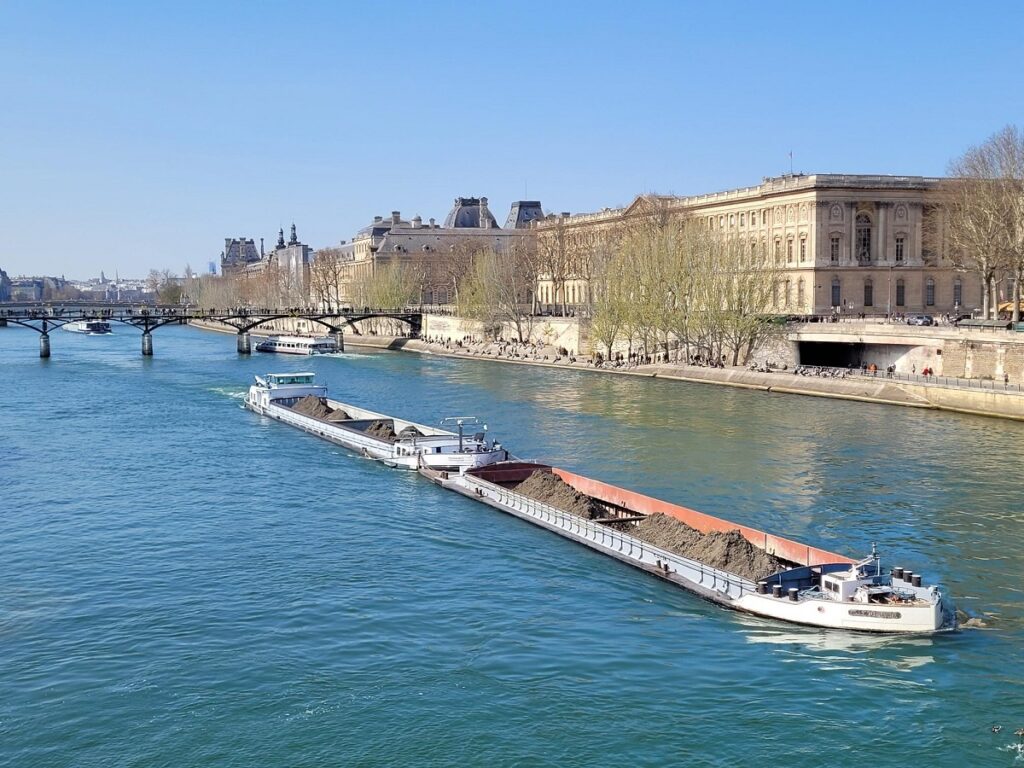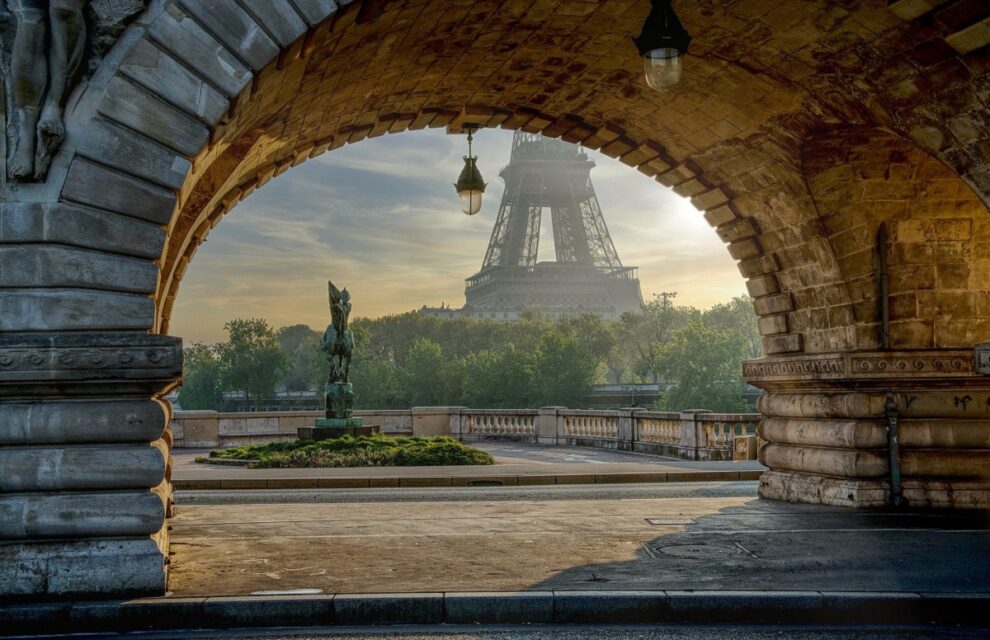Last evening, the final event took place during this film tour: a screening at the Université Paris Cité of The Blinding Sea, accompanied by a debate between myself and two French polar experts. This “debate” was certainly very cordial, and is simply the name given in France to a lively and critical exchange of views. There was also a Question-and-Answer period with the audience afterwards. Thanks very much to Laurence Cros, associate professor in the Department of English Studies at the Université Paris Cité, and also a specialist on Canada, who organized and hosted this event.
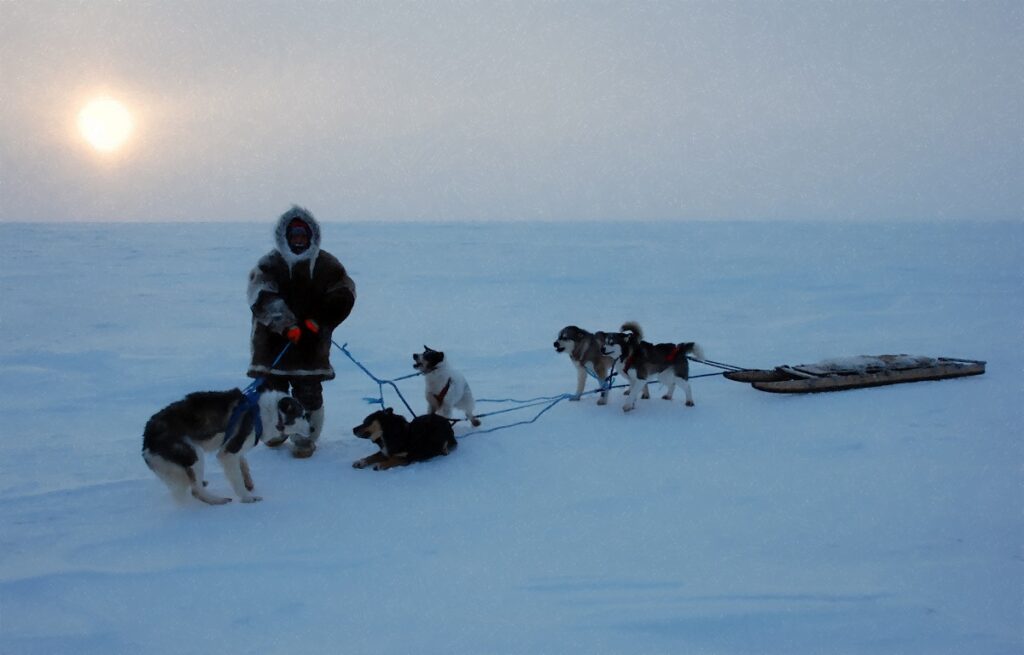
In the words of Laurence Cros, “The screening of the film The Binding Sea at the Université Paris Cité on April 7, 2022, followed by a debate with film director George Tombs, and the academics Claire Alix (senior lecturer in History and Archaeology of the Inuit Arctic, Université Paris 1) and Béatrice Collignon, (professor of Cultural Geography, Université Bordeaux-Montaigne), was a great success. The film is a magnificent aesthetic experience, with its superb polar and marine landscapes alternating with very colourful kaleidoscopes evoking the madness caused by the winter confinement. The narration, which navigates between historical evocations, archival images, and contemporary interviews, is compelling and original, and holds the viewer’s attention despite the length of the film. The film makes a major scientific contribution by introducing Amundsen, his career and his pioneering approach to polar exploration. George Tombs sets exploration at the beginning of the 20th century in the context of physical and nutritional fields. Finally, and perhaps most importantly, the film highlights the crucial contribution of Aboriginal people, particularly the Inuit of Canada, to the success of Amundsen’s polar explorations. In this way, it pays tribute to their ancestral knowledge, underlines their central place in the history of exploration, and participates in the work of recognition and reconciliation necessary for these communities in Canada and in the world.”
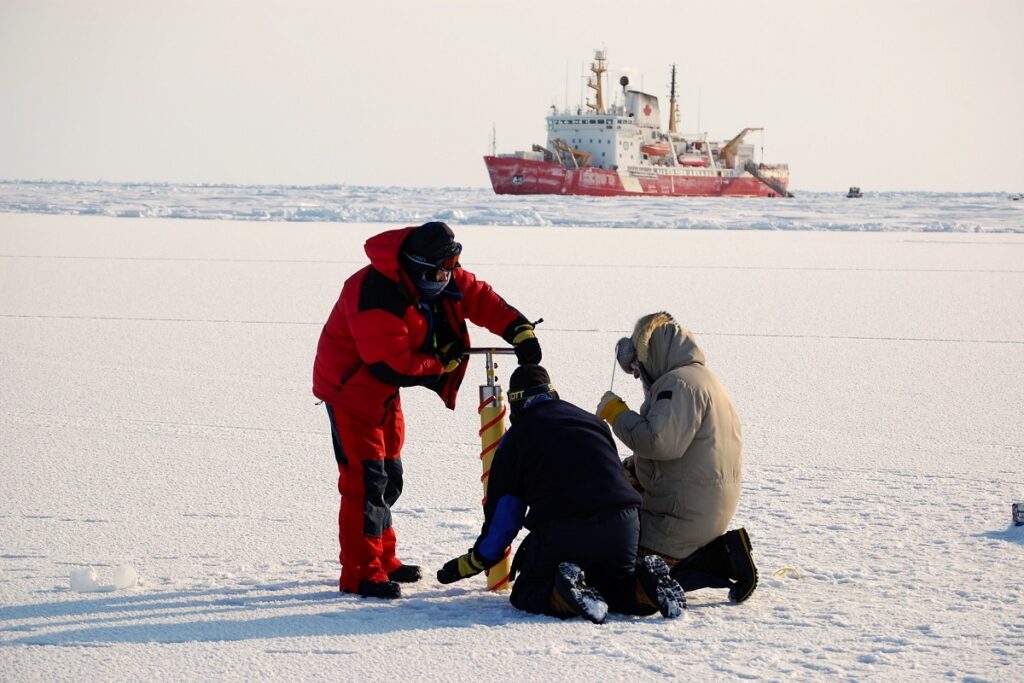
I explained in my brief presentation (five minutes) that The Blinding Sea is my testament (“témoignage”) to the extraordinary knowledge system of Inuit; it is my tribute (“hommage”) to their friendship with Roald Amundsen but also to their survival as a people, and it is my personal statement (“affirmation”) as an artist-historian that my work does not simply remain in the world of facts, but consists of an immersive environment of images, soundscapes, music and word-pictures to give a sense of the lived experience of the characters in the film.
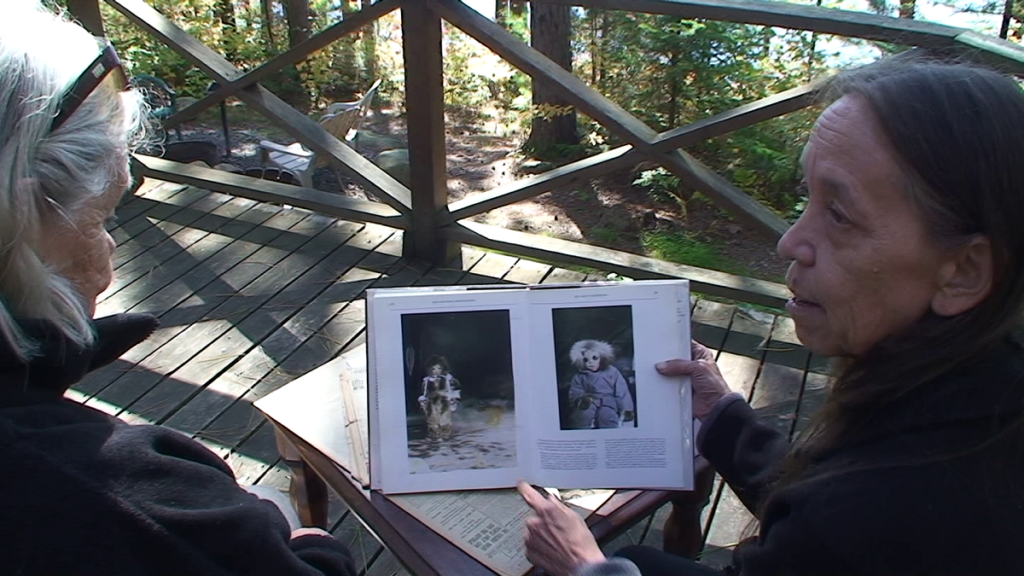
Laurence Cros asked me why I had made this film. I said that after several decades as a journalist, interviewing more than 15,000 people, including the good, the bad and the ugly, I realized I was either reporting on what was going wrong, or trying to anticipate what was just about to happen, projecting my own anxiety into the future. With The Blinding Sea, I have crafted a work which brings people together across different cultures, in order to have a positive impact.
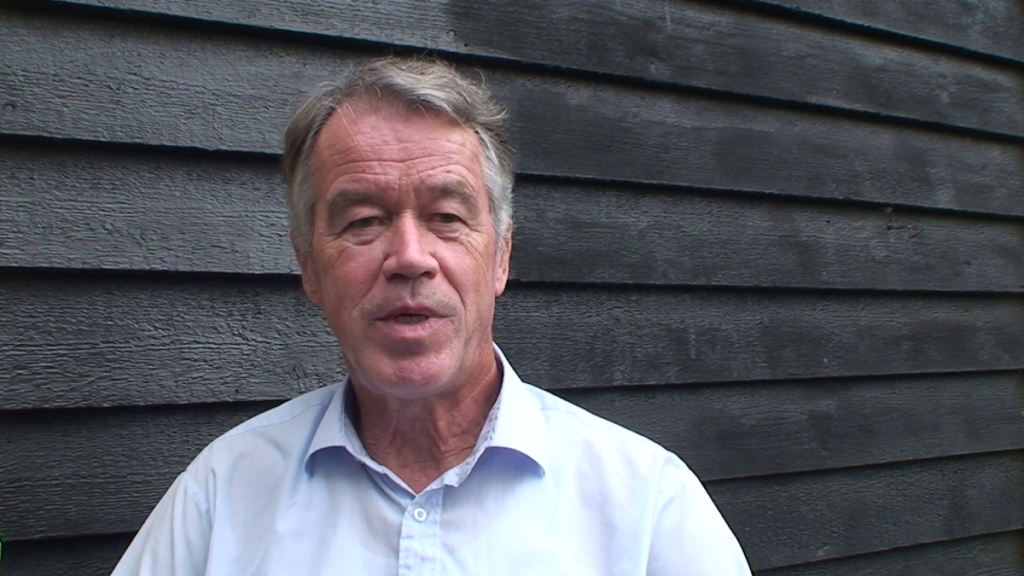
We discussed Amundsen’s motivations, intentions and to what extent he profited from the expertise Inuit shared with him. We also discussed his character and whether people felt he was necessarily a likeable human being. People in the audience certainly admired the way he spent two years doing an apprenticeship with Inuit. I mentioned he also taught them polar knowledge from Norway, so this was more of a sharing relationship.
During the Question-and-Answer period, one member of the audience, an authority on International Affairs, made very interesting observations about the wolf-pack character of imperialists a century ago, who turned to the Arctic and Antarctic since their masters in Europe had already just carved up Africa. I said Shackleton and Scott’s goals were definitely to plant the British flag at the South Pole, and claim sovereignty for the British Empire over a good part of Antarctica, but Amundsen’s intention was not to gobble up a continent, and in any case Norway in 1911 was a young nation, which at that time had only just obtained its independence from Sweden, and didn’t have the means to claim new territories overseas.
Laurence Cros asked me, in closing, whether this film wasn’t my contribution to the Truth and Reconciliation process in Canada. I agreed that this film is my personal contribution, although I cautioned the official governmental process of Truth and Reconciliation is far from over. Even though official reports have been tabled, people in Canada are now living through a horror story as more and more unmarked mass graves of Aboriginal children are found on the grounds of former residential schools. I mentioned that Prime Minister Justin Trudeau says these mass graves are being treated by his government as crime scenes.
And so ends this first French film tour, which has just blown me away. In my mind, the two events in Paris take me back to Georges Méliès and the very beginnings of the art of film-making.
After screening the film in Montpellier, Grenoble, Toulouse, Perpignan and Paris, I realize a film tour doesn’t just consist of stand-alone, one-time-only events: it provides enriching opportunities to meet new people, to share in new experiences, and to build up a network of contacts. While the film is mainly in English and I have been presenting a version with French subtitles, my conversations with the audience have taken place in French. I feel this film tour has opened an important creative door for me. Preparations are now underway for a second French film tour, this coming Fall.
